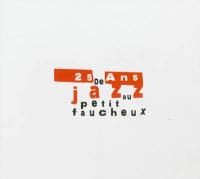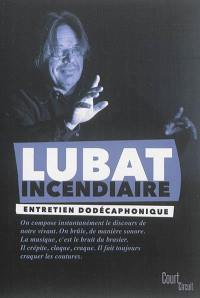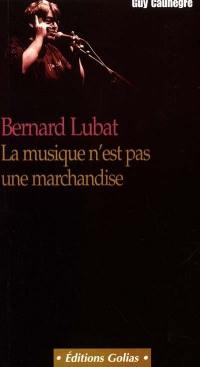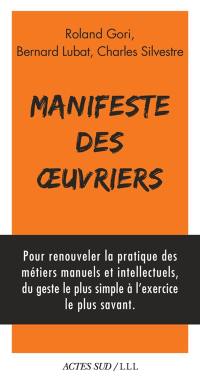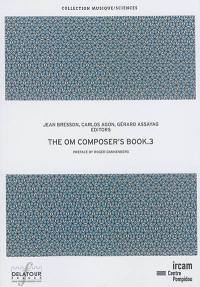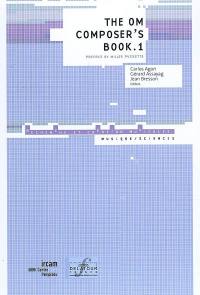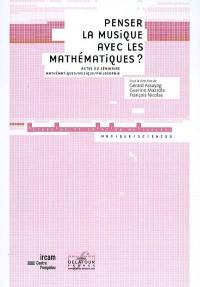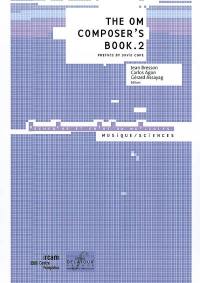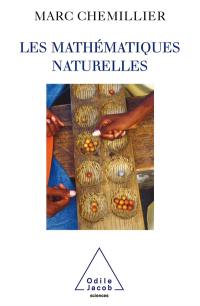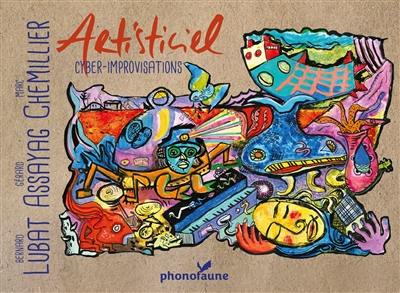
Fiche technique
Format : Relié
Nb de pages : 162 pages
Poids : 400 g
Dimensions : 21cm X 16cm
ISBN : 978-2-490959-00-6
EAN : 9782490959006
Quatrième de couverture
Dans la collection des dialogiques d'Uzeste,
Bernard Lubat mène ici une expérience jazz « ROBOT pour être vrai » : improvisations cyber-humaines avec l'ordinateur alias Djazz. OMax, et SoMax, trois logiciels créés et accompagnés par les musiciens-chercheurs-reuvriers Gérard Assayag et Marc Chemillier.
Après Lubat/Luc, Lubat/Sclavis, Lubat/Portal, la dialogique devient cyber-humaine. De ces expérimentations d'indiscipline collective en live et en labo, surgit l'impensable, l'impensé : un jazz naturel-artificiel. Surviennent alors réflexions, discussions sur l'intelligence artificielle appliquée à la musique, les enjeux philosophiques, sociaux et créatifs de ces nouveaux jeux de musicalité.
« La machine par sa curieuse combinaison de bêtise laborieuse et d'inspiration fulgurante, semble « libérer » de certaines habitudes ou automatismes», témoigne Bernard Lubat. Marc Chemillier observe les traces que nous livrons à la machine, enjeu de société. Gérard Assayag contemple et commente les mécanismes de cocréativité. George Lewis, pionnier américain, revient sur ses premiers pas en la matière et regarde l'avenir. Les enregistrements et les textes de ce livre disque embarquent au coeur d'un chaos d'écriture entre l'homme et les technologies, invention d'un langage diffracté et d'une diversité agissante.
With the dialogues d'Uzeste collection,
Bernard Lubat pursues a jazz experiment which is « TOO BOT to be truc » : cyber-human improvisations with the computer under the aliases of Djazz, OMax, and SoMax. three pieces of software created and operated by Gérard Assayag and Marc Chemillier, who are researchers and craftsmen as well as musicians.
After Lubat/Luc, Lubat/Sclavis and Lubat/Portal, the dialogue becomes cyber-human. From these experiments of collective indiscipline, either live or in the lab, both the unthought and the unthinkable emerges : a natural-artificial form of jazz. In turn, this raises questions and discussions on the ways artificial intelligence can be applied to music, as well as the philosophical, social and creative implications of such new interplay within the realm of musicality.
« Through its curious cocktail of laborious stupidity and dazzling inspiration, the machine seems to 'liberate' us from specific habits or automatisms » reflects Bernard Lubat. Marc Chemillier studies the traces we feed to the machine and how it constitutes a social issue. Gérard Assayag contemplates and comments on the mechanisms of co-creativity. George Lewis, an American pioneer, looks back on his first steps in this field and considers the future. These recordings and collected texts will take you into the chaotic writing space where men and technology interact, bringing about a diffracted language and a reacting diversity.






